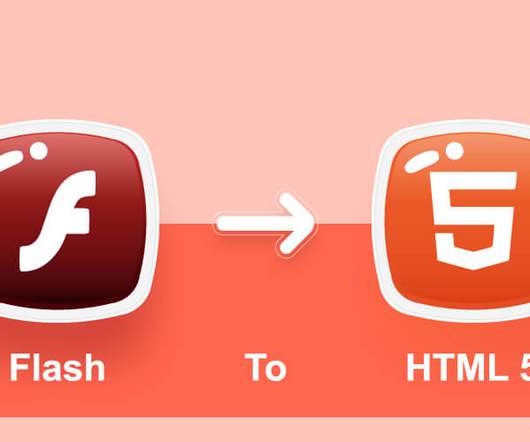Adobe AIR & Flash Player 10.1– How it Can Benefit Mobile Learning
Upside Learning
FEBRUARY 18, 2010
Adobe also unveiled Flash platform 10.1 beta to developers and content providers at the same event. Flash is the favorite delivery platform (development tool) for eLearning courses due to its huge install-base and ability to produce engaging content. To begin with it will be available on Android in 2010.










































Let's personalize your content